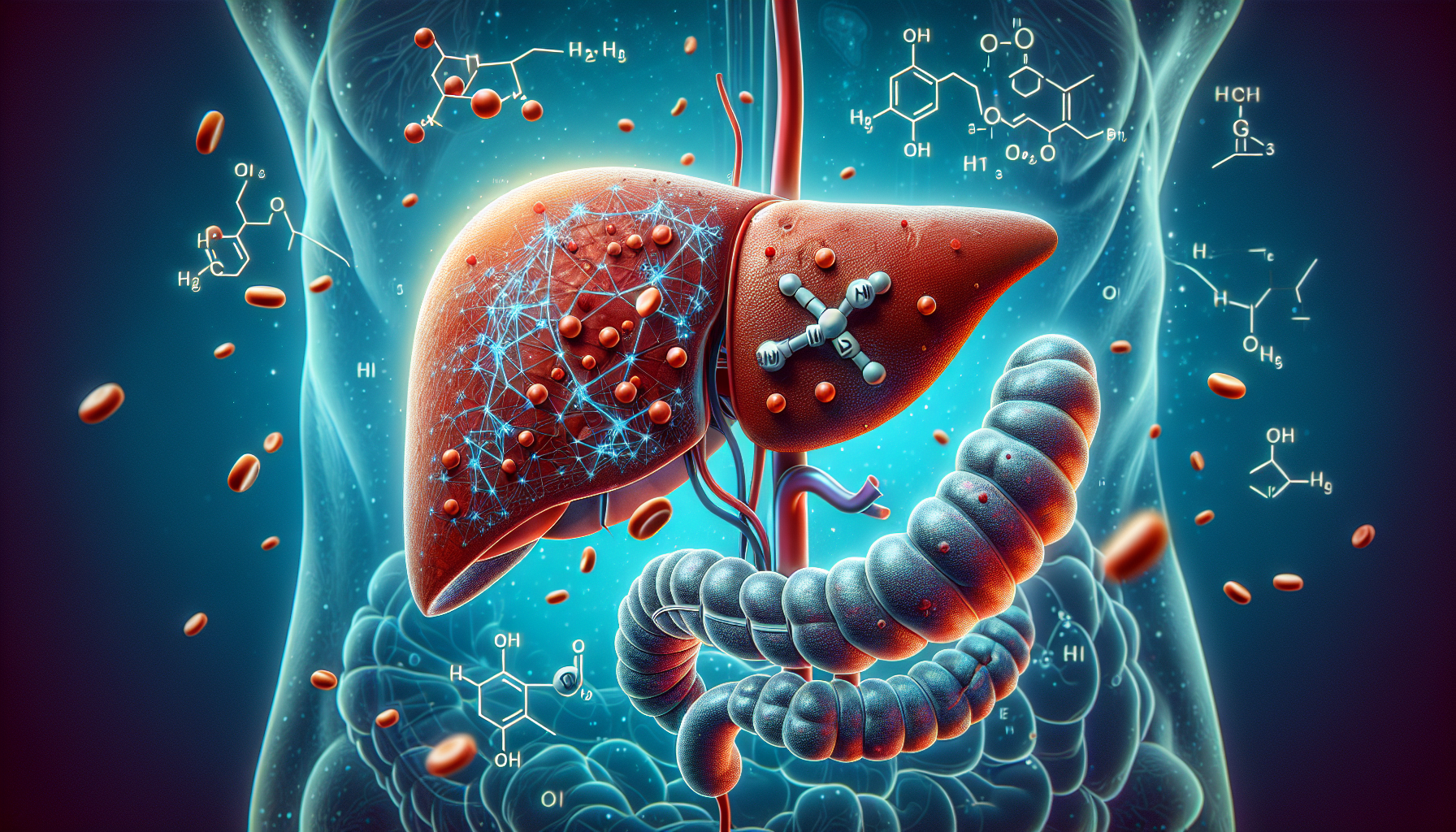Why Adding Alirocumab Might Not Improve Endothelial Health Post Heart Attack
Key Takeaways
- Alirocumab does not improve endothelial function in heart attack patients on statin therapy.
- High-intensity statins alone provide significant improvement in endothelial health.
- Future research should explore Alirocumab's other potential cardiovascular benefits.
Did You Know?
Introduction to Alirocumab and AMI
Alirocumab is a type of medication known as a PCSK9 inhibitor. It has been used primarily to lower bad cholesterol (LDL-C) levels in patients who are at risk of cardiovascular diseases. Acute Myocardial Infarction (AMI), commonly known as a heart attack, is a condition where parts of the heart do not receive enough blood due to blocked arteries, causing damage to the heart muscle.
In recent studies, researchers have investigated whether adding Alirocumab to the standard high-intensity statin therapy could improve endothelial function in heart attack patients.
Role of Endothelial Function in Heart Health
The endothelium is a thin layer of cells that line the inside of blood vessels. It plays a crucial role in vascular health by regulating blood flow, blood clotting, and immune function. A healthy endothelium helps prevent atherosclerosis (plaque build-up inside arteries), which can lead to heart attacks and strokes.
Flow-Mediated Dilation (FMD) is a common measure of endothelial function. Higher FMD values indicate better endothelial health, which is linked to lower cardiovascular risk.
The PACMAN-AMI Study
The PACMAN-AMI trial aimed to evaluate if adding Alirocumab to the standard statin therapy would provide additional benefits in improving FMD among heart attack patients. The study followed patients for 52 weeks and measured FMD at different intervals.
Participants were randomly assigned either Alirocumab or a placebo, along with their regular high-intensity statin medication. Researchers then measured the changes in FMD and used intracoronary imaging to assess the stability of artery plaques.
Findings of the Study
After 52 weeks, the study revealed no significant difference in FMD between patients receiving Alirocumab and those who received the placebo. This means that Alirocumab did not provide any additional benefit in improving endothelial function beyond what was achieved with high-intensity statin therapy alone.
The results suggest that while Alirocumab effectively lowers LDL-C levels, it may not enhance endothelial health in the context of a heart attack when used in conjunction with statin therapy.
Further Insights into Intracoronary Imaging
Intracoronary imaging was another crucial aspect of the PACMAN-AMI study. It involved using advanced imaging techniques to analyze the structure and composition of artery plaques. Researchers wanted to see if Alirocumab could affect the stability and progression of these plaques.
Although they found some association between plaque burden and FMD at the beginning of the study, there were no significant associations over the 52 weeks. This indicates that Alirocumab might not significantly influence the structural characteristics of artery plaques in heart attack patients.
Implications for Clinical Practice
These findings have important implications for physicians treating heart attack patients. High-intensity statin therapy remains a cornerstone for improving endothelial function and overall cardiovascular health. However, the addition of Alirocumab might not offer extra benefits for endothelial function, even though it lowers bad cholesterol.
Clinicians should weigh the benefits and costs of adding Alirocumab for patients who are already on statins, especially when the primary goal is to improve endothelial health rather than just lowering cholesterol levels.
Future Directions
The study's authors recommend that future research focus on other potential benefits of PCSK9 inhibitors like Alirocumab. Investigating its effects on inflammation, oxidative stress, and long-term cardiovascular outcomes might provide more insights into optimizing treatment for heart attack patients.
Further studies are needed to understand whether Alirocumab could have other functional and morphological benefits in the evolution of atherosclerosis, which could potentially lead to improved cardiovascular health in different patient populations.
Conclusion
In summary, while Alirocumab effectively reduces LDL-C levels, it does not significantly enhance endothelial function in heart attack patients when added to high-intensity statin therapy. Physicians should consider these findings when designing treatment plans for heart attack patients, focusing on proven therapies for improving endothelial health.
References
- PACMAN-AMI Randomized Clinical Trialhttps://www.jacc.org/doi/10.1016/j.jacc.2021.09.021
- Role of PCSK9 Inhibitorshttps://www.ahajournals.org/doi/10.1161/CIRCRESAHA.119.315234




